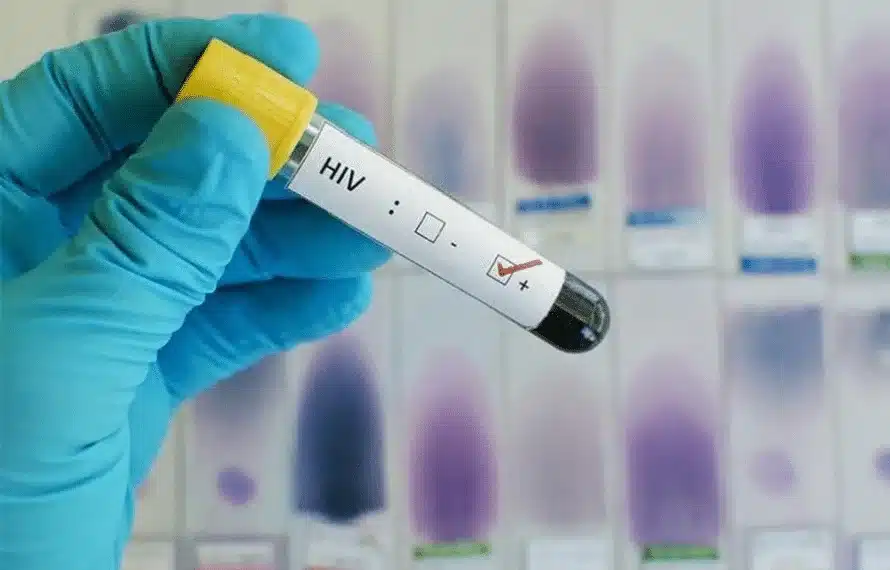By: Salman Yousafzai
Human Immunodeficiency Virus (HIV) cases in Khyber Pakhtunkhwa are continuously increasing, and according to the latest data released by the Provincial AIDS Control Program (KPACP), the total number of HIV-infected people in Khyber Pakhtunkhwa and the merged tribal districts has reached 8398 as of June 2025.
This data has been obtained from the annual review of the Khyber Pakhtunkhwa AIDS Control Program, which includes geographical, annual and centre-wise details of patients.
According to the data, the number of HIV-infected patients in the populated districts of Khyber Pakhtunkhwa is 7,027, with the highest number of cases reported in Peshawar at 1,724, Bannu at 939, Swat at 437, Mardan at 427, and Charsadda at 391. On the other hand, 1371 cases have been registered from the merged districts, with North Waziristan leading with 354, Khyber District with 286, Kurram with 224, and Bajaur with 218 cases.
Compared to last year, 2023, the total number of HIV-infected patients in Khyber Pakhtunkhwa and the merged districts was 8,258, of which 6,906 were registered in the settled districts of Khyber Pakhtunkhwa and 1,352 in the tribal districts. In 2023, this number reached a record high with an increase of 1173 new cases.
In the first half of this year alone, 741 new patients have been registered, which suggests that this number may once again cross the thousand mark by the end of the year.
The report also states that treatment and registration of HIV patients are ongoing in 13 centres across the province. Among these centres, Hayatabad Medical Complex Peshawar is at the top with 2723 patients, followed by Lady Reading Hospital Peshawar with 2082 and Khalifa Gul Nawaz Hospital Bannu with 1097 cases. The remaining cases have been reported from Kohat, Batkhela, Mardan, Bajaur, Mir Ali, Parachinar and other centres.
Read also: Governor Kundi inaugurates Azadi Pakistan Solar Expo in Mardan
Of the total 8398 infected people, 6448 are men, 2119 are women, 197 are transgender, and 445 are children, who are part of the total HIV-infected population.
Medical experts and public health institutions are expressing concern over this increase, and the major reasons for this are unsafe blood transfusions, misuse of drug injections and lack of awareness.
Experts say that if timely measures are not taken, this number may increase further in the coming years, which will have serious social and medical consequences.





